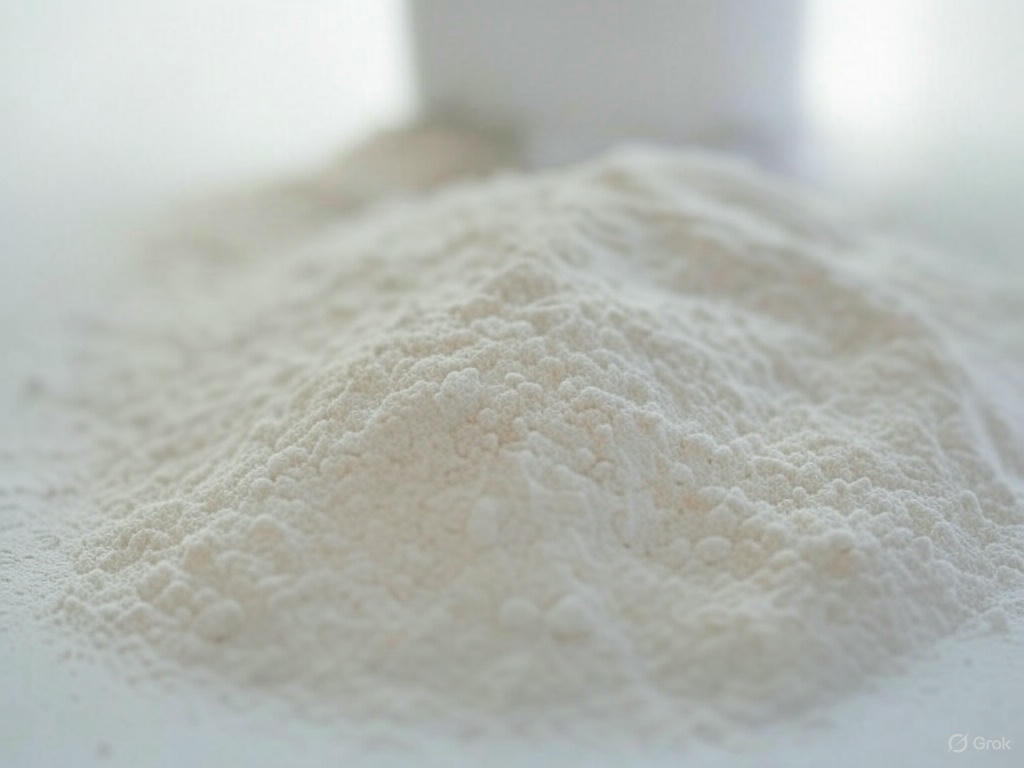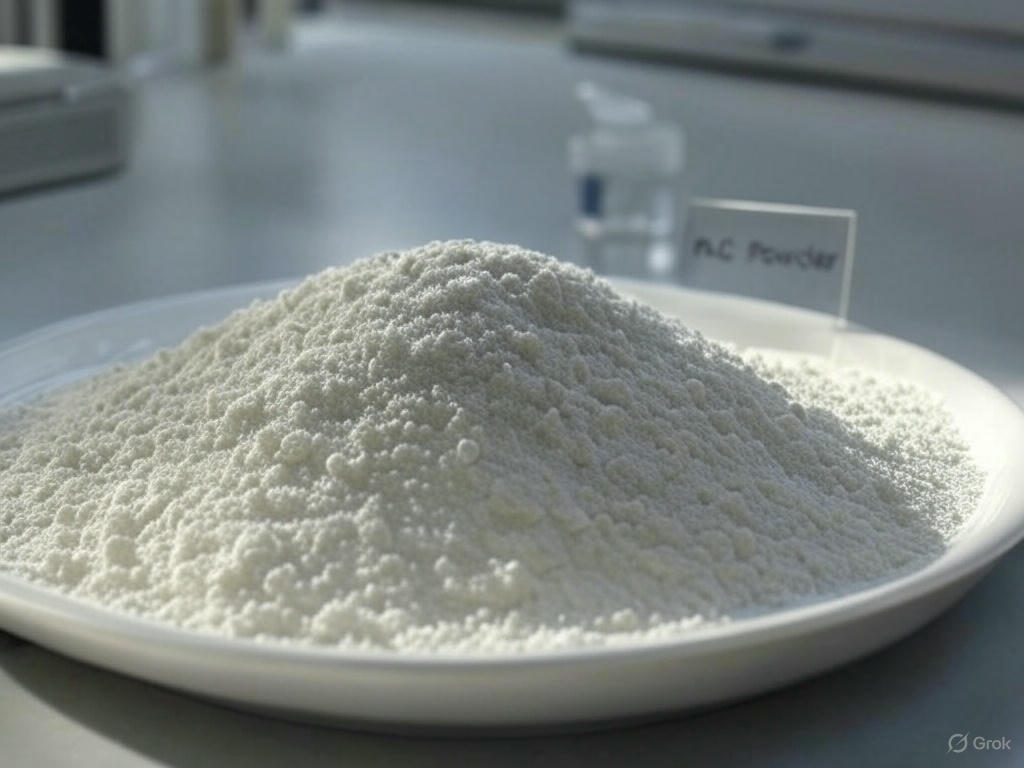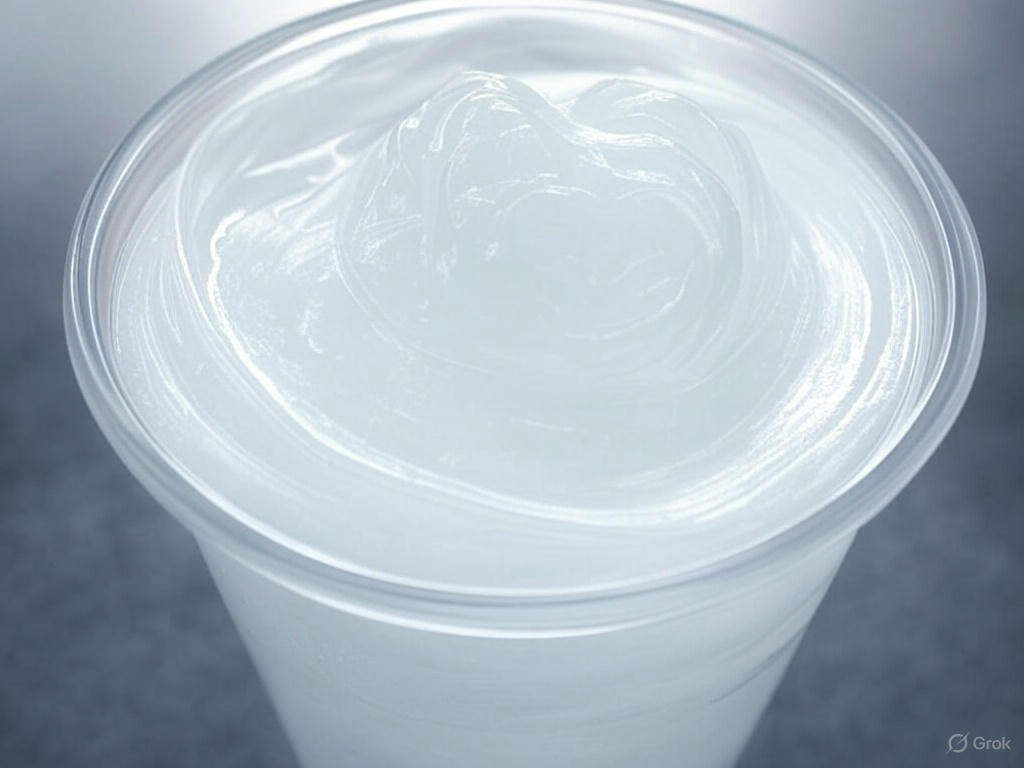Technical Support
-

Poly Anionic Cellulose powder
.
Poly Anionic Cellulose (PAC) powder is the dry, solid form of this water-soluble polymer, typically supplied as a white to off-white, free-flowing powder. It’s produced by chemically modifying cellulose…
-

Poly Anionic Cellulose in industrial applications
.
Poly Anionic Cellulose (PAC) is a water-soluble polymer derived from cellulose, widely used in various industrial applications due to its excellent properties like high stability, viscosity control, and resistance…
-

Poly Anionic Cellulose as a stabilizer
.
Poly Anionic Cellulose is a water-soluble, anionic polymer derived from cellulose, modified with carboxymethyl groups that impart a negative charge. This polyanionic character, combined with its ability to hydrate…
-

Poly Anionic Cellulose thickener
.
Poly Anionic cellulose (PAC) is a water-soluble, anionic polymer derived from natural cellulose through chemical modification. It’s widely recognized as an effective thickener due to its ability to significantly…
-

Poly Anionic Cellulose salt resistance
.
Polyanionic Cellulose (PAC) is a water-soluble polymer derived from cellulose, often used as a filtration control agent and viscosifier in drilling fluids. One of its standout properties is its…
-

Poly Anionic Cellulose used for offshore drilling
.
Poly Anionic Cellulose (PAC) is a water-soluble cellulose derivative widely used in offshore drilling due to its exceptional properties that enhance the performance of drilling fluids. Derived from natural…
